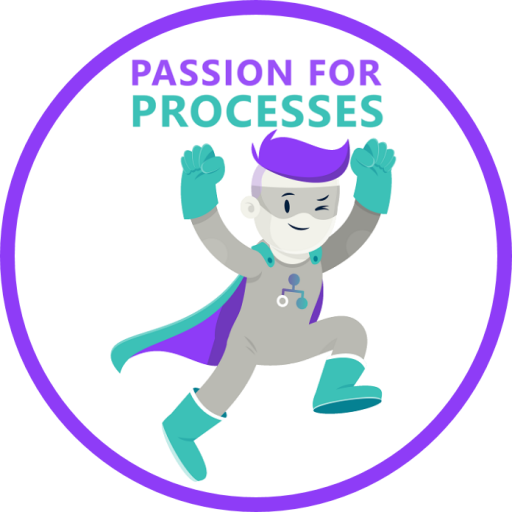
We’ve a client in Australia who’s looking for advice and guidance on creating role-based views in ARIS Connect through login recognition and filtering of data for role specific artifacts.
Does anyone have any knowledge if and how this can be done and what has been the best practice in this?
Look forward to your views, comments and advice
Hi,
The basic principal is that you have to map ARIS users to Role objects that are used in the process models. Then the (EPC) models where roles are present will be available for the user when view filter is enabled. Same logic also populates the My Content tab.
Mapping between users in UMC and modeled Role objects is done by using the attribute "User/User group association". E.g. if a user belongs to the UMC user group "Sales managers" he will see the processes where a Role object with attribute value "Sales managers" exists.
The mapping between UMC user groups and Roles can also be done via location. E.g. Role belongs to Org unit which is connected to location that is mapped to UMC user group with the "User/User group association" attribute.
Filtering does not affect all model types (e.g. VACDs are always visible). Also I don't know the full list of model and item types that are affected by filtering, but I do know it can all be modified in the Connect configuration.
-Matias
Matias, THX for answer. Do You have an idea if it is possible to assign "user/user group association" to "Participant" object (OT_BPMN_POOL)? It is important when modelling BPMN Collaboration diagrams. I found information in Connect documentation that "...Usually you filter the content based on role objects. But every other transformation item and property is possible to define as a filter...". But I have no idea how to force Connect to read "user/user group association" from other object than a role.
Hello Jaroslaw. With the latest version of ARIS 9.8 SR2 or 3 and above, there is the new Enterprise BPMN Collaboration Diagram and in this model are 3 new objects - Role Lane, Org Unit Lane and Application System Type Lane. Now you have intelligent lanes that will correlate to the Organization objects in the Org chart. Now you can query and analyze collaboration diagrams without the need to create FAD diagrams under each task to show the Organizational element to each. Marvellous!
Regards Penny
Dear SIrs
Is there an extended documentation on the Role BAsed Filtering default functionality and restrictions and then what about its customization potenttial ?
Regarding the default functionality we have questions like when it is activated does it affect the SEARCH results or does it only filter the hierarchies offered for navigation ? can we adapt the model types to get filtered for the moment VACs are for sure an exception but can we change this ?
The references via On Line Help are quite limited So if there is an alternative source of information i would really appreciate it if someone can share
Many thanks in advance













